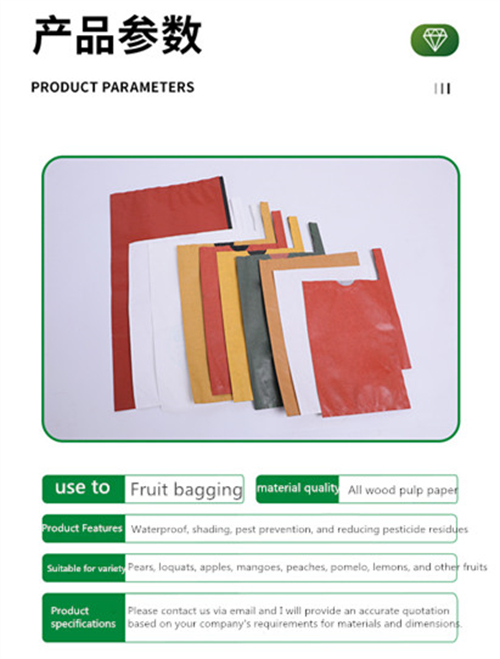Jul . 27, 2024 08:56 Back to list
Innovative Solutions for Protecting Grapes from Pests Using China-Approved Grape Protection Bags
The Use of Grape Protection Bags in China Enhancing Quality and Yield
In the realm of agriculture, the quest for higher yields and better-quality produce is a constant endeavor. Among the numerous advancements in agricultural practices, grape protection bags have emerged as a vital component in grape cultivation, particularly in China. These bags not only shield grapes from environmental factors but also mitigate the impact of pests and diseases, contributing significantly to the overall quality and profitability of grape production.
Grape protection bags, typically made from materials like polyethylene and non-woven fabric, serve as a barrier between the grapes and external threats. In China, where grape farming is increasingly gaining importance, these bags are being utilized in various regions, particularly in provinces known for their grape production, such as Xinjiang, Hebei, and Shanxi. The adoption of grape protection bags is seen as a proactive measure to address the challenges posed by climatic conditions and pest infestations.
The Use of Grape Protection Bags in China Enhancing Quality and Yield
Moreover, the bags play a pivotal role in pest management. In China, the grape berry moth and various types of beetles pose significant threats to grape crops. The use of protection bags creates a physical barrier, thereby reducing the need for chemical pesticides. This not only lowers production costs but also aligns with the growing demand for organic and eco-friendly farming practices. The reduction in chemical usage also presents benefits for the environment, promoting a more sustainable approach to grape cultivation.
china grape protection bags

In addition to pest and weather protection, grape bags also aid in improving grape quality. The controlled environment within the bag helps maintain optimal humidity levels and temperature, which are essential for the proper ripening of grapes. As a result, protected grapes tend to exhibit better sugar content, flavor, and color uniformity, making them more desirable in both domestic and international markets. This can lead to higher market prices and increased competitiveness among growers.
Farmers practicing this innovative technique have reported not only improved yields but also superior quality of the grapes harvested. As a response to these benefits, many local agricultural extension services are advocating for the use of grape protection bags as part of their technical training programs for farmers. Educational initiatives emphasize proper application techniques, ensuring that both novice and experienced farmers can maximize the advantages offered by these bags.
Despite the clear benefits, the use of grape protection bags is not without challenges. The initial investment costs for purchasing bags can be a hurdle for some farmers, particularly those operating on smaller scales. Additionally, the reliance on these bags necessitates careful monitoring and management. Farmers must strike a balance between utilizing the bags effectively and understanding when to remove them to allow for natural air circulation, ensuring the grapes do not suffer from issues related to humidity buildup.
In conclusion, the implementation of grape protection bags is revolutionizing grape farming in China, addressing significant challenges such as pests, diseases, and adverse weather conditions. By enhancing both the quality and yield of grapes, these bags provide a sustainable solution that meets the growing demands of consumers and markets alike. As awareness of these benefits continues to spread, the future of grape cultivation in China looks promising, with increased adoption of innovative practices such as the use of grape protection bags.
-
Plant Pollen Analysis: Fast & Accurate with GPT-4 Turbo
NewsAug.02,2025
-
KiwiPollen with GPT-4 Turbo: AI Health Supplement Boost
NewsAug.01,2025
-
Pollen Peach Tree AI Management with GPT-4-Turbo
NewsJul.31,2025
-
Eco Fruit Paper Bags for Peak Freshness | Durability Focused
NewsJul.31,2025
-
Pollen Peach Tree for Pure Pollination and High-Quality Peach Pollen
NewsJul.30,2025
-
Premium Cherry Pollen for Pure Pollination & Different Types
NewsJul.30,2025